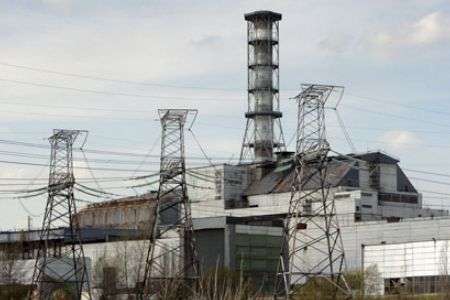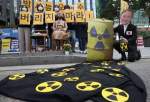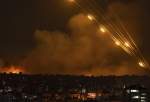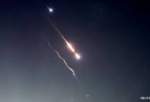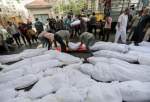Another problem has hit a badly damaged nuclear power plant in northeastern Japan, where a powerful explosion occurred on Saturday.
2 May 2024
- PA says US support ‘encourages’ Netanyahu to defy international law
- Turkey to join South Africa's genocide case against Israel at ICJ, minister says
- UN Chief "deeply alarmed" by mass graves found in Gaza hospitals, calls for independent international investigations
- ‘The law is clear’ say Biden’s lawyers urging US to cut arms to Israel
- Israel forces detaining record numbers of Palestinian children without charge
- Israeli ground operation in Rafah would be humanitarian catastrophe: WHO
- Dozens arrested after police clear Columbia University building held by pro-Palestine protesters
- Leader receives teachers on National Teachers’ Day (photo)
- Palestinian fatalities from Israeli genocidal war on Gaza tops 34,500
- Crackdown of US universities’ pro-Palestine protests proves Washington as complicit in Gaza war

